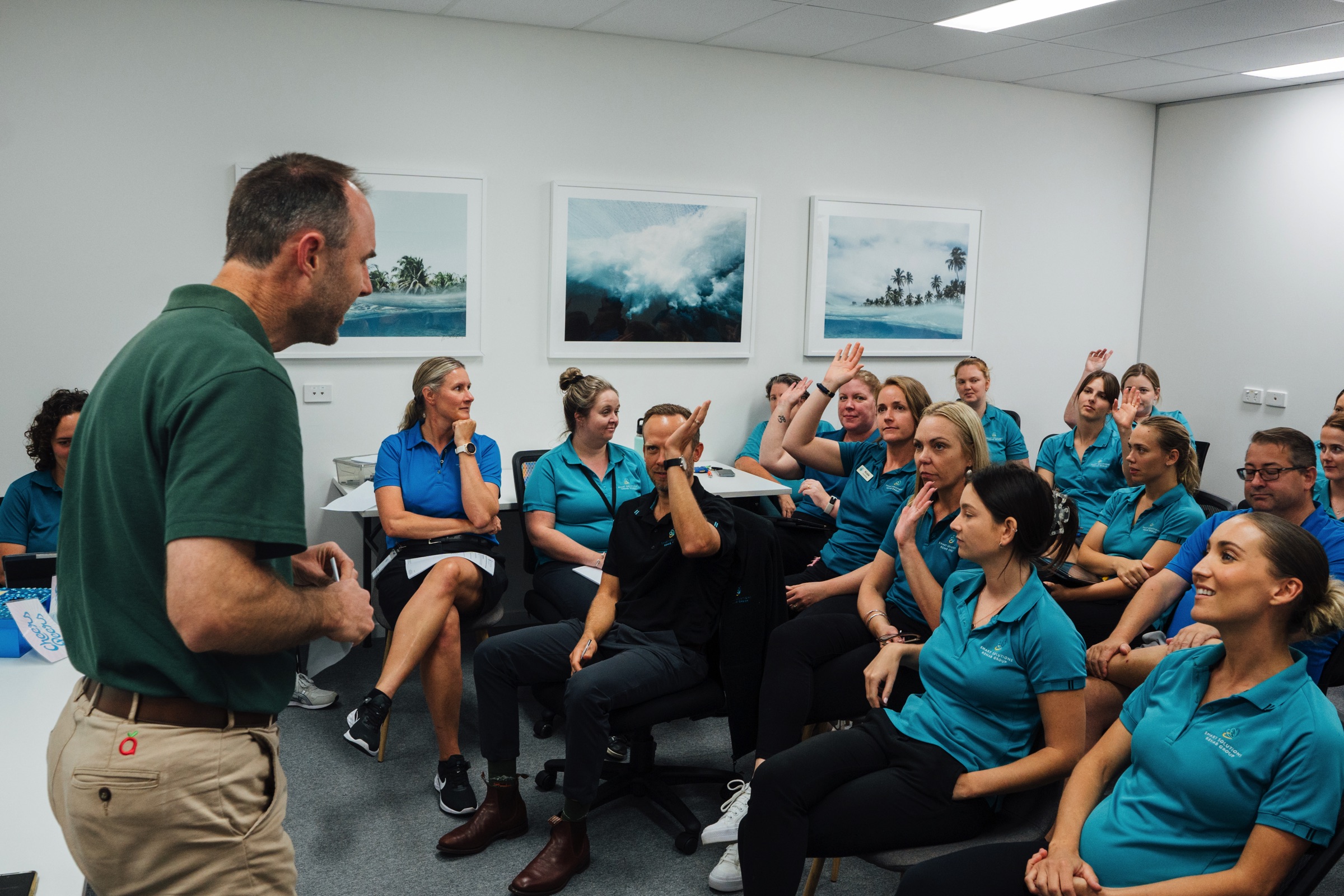World Diabetes Day – Occupational Therapy
What is Diabetes?
Diabetes is a chronic disease associated with abnormally high levels of sugar glucose in the blood. This occurs when the pancreas does not provide adequate insulin (a hormone that regulates blood sugar), or when the body cannot effectively use the insulin it produces.
There are 3 main types of diabetes, which include:
- Type 1: Inadequate production of insulin
- Type 2: Inadequate sensitivity of the cells to action the insulin
- Gestational: Develops in women when they are pregnant
World Diabetes Day – Occupational Therapy
For individuals with Type 1 Diabetes, symptoms often occur suddenly. Individual with Type 2 Diabetes often present with no symptoms or symptoms gradually occur over time.
Typical symptoms of Type 1 and Type 2 Diabetes include but are not limited to:
- Increased urine output
- Increased hunger
- Blurred vision
- Increased thirst
- Mood changes
- Headaches
- Skin infections or increased itching
- Gradual weight loss (type 1)
- Gradual weight gain (type 2)
- Leg cramps
- Increased dizziness
What are the complications of Diabetes?
Individuals who have type 2 Diabetes often have diabetes related complications present by the time symptoms develop. Diabetes related complications can also arise when individuals are not managing their diabetes appropriately.
Complications that can result from diabetes included:
- Blindness
- Heart attack
- Kidney disease
- Limb amputations
- Anxiety
- Depression
How can Occupational Therapy assist?
Occupational Therapists can assist individuals who experience the above complications through providing therapy, assistive technology and home modifications. These forms of treatment seek to increase an individual’s function and / or allow for engagement in daily activities.
Occupational Therapy Example:
Individuals who experience a heart attack can benefit from rehabilitative therapies to increase their function and engagement in daily activities.
Home Modifications Example:
Individuals who have a limb amputation benefit from home modifications such as, the installation of a wheelchair accessible bathroom or the installation of ramps at the main entrances of their home. Such modifications allow for continued independent mobility and participation in daily activities.
Assistive Technology Example:
Individuals who experience a visual impairment can benefit from the provision of various low risk items such as keyboards with engage buttons or a voice to text mobile phone.
Need to know more?
For advice on suitable therapy, assistive technology, or how your home can be customised to meet your specific diabetic needs, contact us today for an Occupational Therapy assessment via email at admin@ssrg.com.auor you can call us on 1300 729 190 and we will be happy to help!
Author: Kimberley Wales
More about the author…
Kim is an Occupational Therapist who works with Smart Solutions Rehab Group to provide NDIS clients with a quality service to increase their independence in activities of daily living. Kim has applied experience in assistive technology, home modifications and therapy and holds a Bachelor of Occupational Therapy from James Cook University. Kim is also in the process of gaining competencies in independent Complex Home Modifications.




